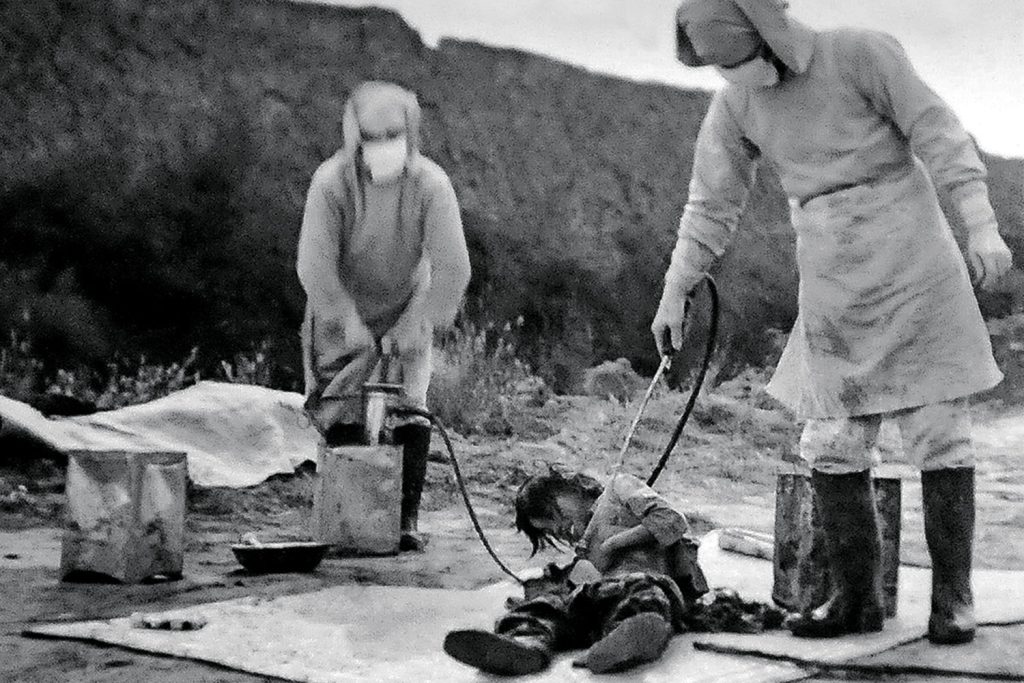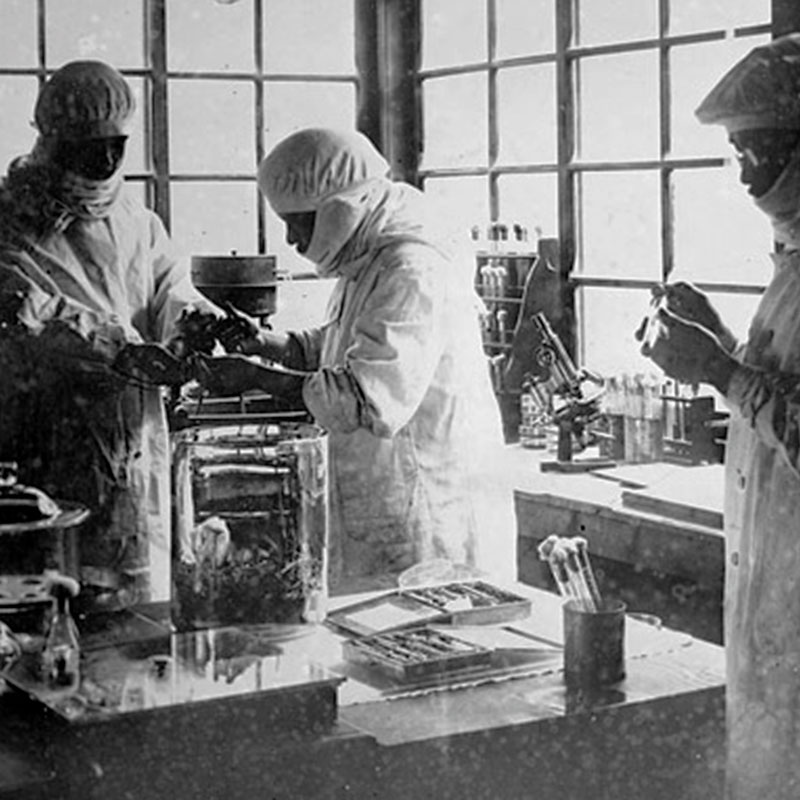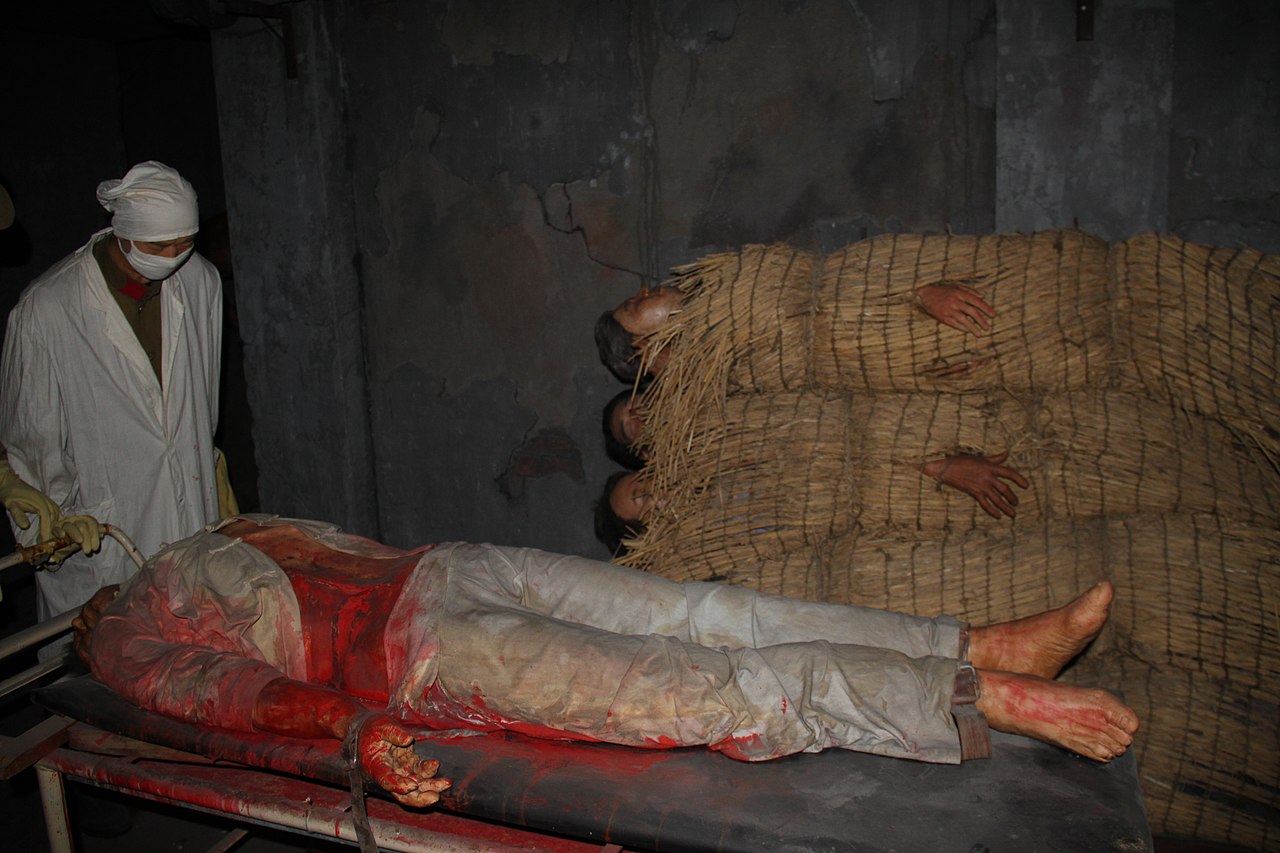 nit 731 is a dark chapter in history that unveils the horrors of human experimentation and biological warfare during World War II. This article delves into the chilling details of Unit 731, also known as the “Bunker of Horrific Terror.” We will explore its origins, the disturbing experiments conducted within its walls, the aftermath of its activities, and the lessons learned from this gruesome period in history.
nit 731 is a dark chapter in history that unveils the horrors of human experimentation and biological warfare during World War II. This article delves into the chilling details of Unit 731, also known as the “Bunker of Horrific Terror.” We will explore its origins, the disturbing experiments conducted within its walls, the aftermath of its activities, and the lessons learned from this gruesome period in history.
The Origins of Unit 731
Unit 731 was established in the early 1930s by the Imperial Japanese Army. Operating under utmost secrecy, it was based in the Pingfang district of Harbin, located in northeastern China. Led by Lieutenant General Shiro Ishii, the unit was primarily tasked with conducting biological and chemical warfare research.

Initially focusing on studying infectious diseases and developing countermeasures, Unit 731’s activities soon escalated to human experimentation on an unprecedented scale. The unit conducted brutal experiments on thousands of prisoners, primarily Chinese and Korean civilians, as well as captured soldiers from various countries.
Unit 731 was not an isolated entity. It collaborated with other units within the Japanese military, such as Unit 100 and Unit 1644, which also engaged in similar heinous activities. These units collectively carried out experiments involving vivisection, frostbite, biological weapon testing, and other forms of torture.
The Horrific Experiments
One of the most chilling aspects of Unit 731’s activities was vivisection, the practice of dissecting live subjects without anesthesia. Prisoners were subjected to excruciating surgeries, often without any medical necessity, as the aim was to study the effects of diseases, wounds, and organ removal on living organisms.

Unit 731 also focused on the development and testing of biological weapons. Prisoners were exposed to lethal pathogens, such as plague, anthrax, and cholera, to study the effects of these diseases and to find ways to weaponize them. These experiments aimed to create bioweapons that could be used against enemy forces.
In addition to vivisection and biological warfare research, Unit 731 subjected prisoners to other forms of inhumane experimentation. These included forced exposure to extreme temperatures to study frostbite, testing the effects of pressure chambers, and conducting experiments on the transmission of diseases through various means.
The Aftermath and Lessons Learned
As World War II came to an end, the atrocities committed by Unit 731 came to light. However, rather than face justice, many of the key personnel involved in the unit’s activities were granted immunity in exchange for sharing their research findings with the United States. This was part of a larger geopolitical strategy, as both the United States and the Soviet Union sought to gain knowledge about biological warfare.

For decades, the atrocities of Unit 731 remained largely concealed. The Japanese government maintained a stance of denial, avoiding acknowledgement or apology for the unit’s actions. It was not until the 1980s that the Japanese government faced pressure from survivors, victims’ families, and international communities to address and take responsibility for the crimes committed.
The existence of Unit 731 raises profound ethical questions about the limits of scientific research and the responsibility of individuals and nations in times of war. The revelations from Unit 731 serve as a reminder of the importance of upholding human rights, respecting the dignity of all individuals, and learning from the mistakes of the past to ensure a more just and humane future.
Unit 731 stands as a horrifying testament to the depths of human cruelty and the unspeakable horrors that can arise during times of conflict. The actions of this secretive unit serve as a haunting reminder of the consequences of unchecked scientific pursuits and the imperative of safeguarding human rights. Remembering the victims and shedding light on the atrocities committed by Unit 731 is crucial in preventing such horrors from being repeated and fostering a more compassionate world.
Avid Writer with invaluable knowledge of Humanity!
Upcoming historian with over 30 million views online.
“You make your own life.”





